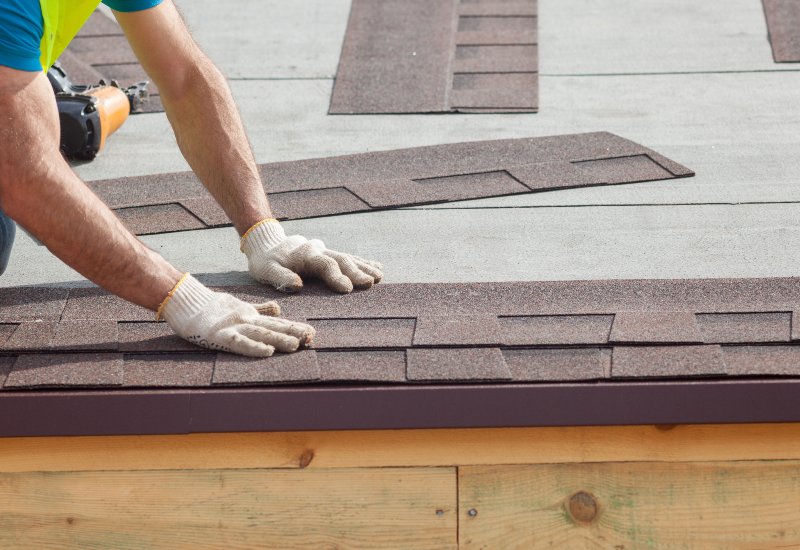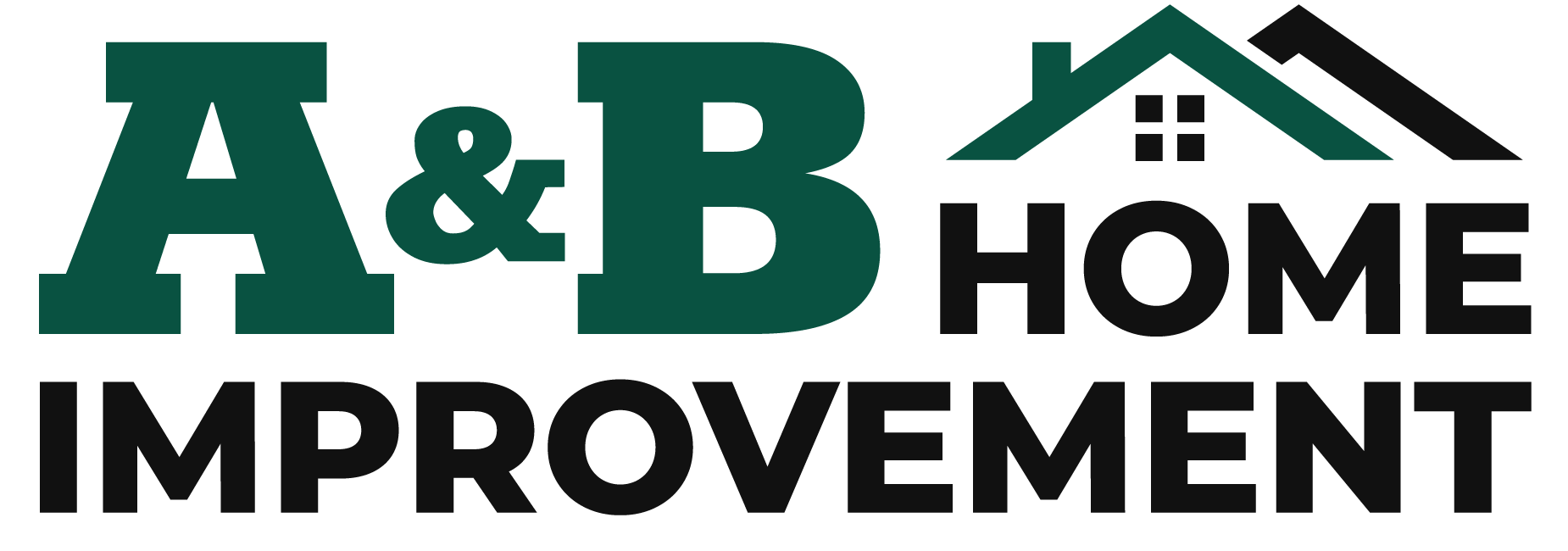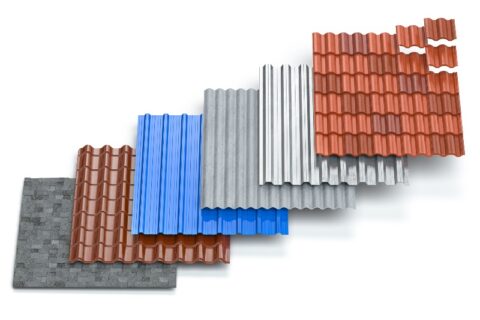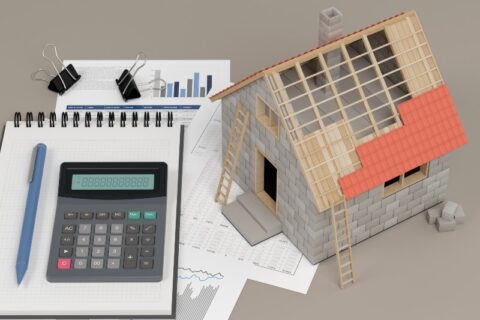What Are the Parts of a Roof?
The Terminology in Roofing

A roof system consists of several essential components that work together to provide protection and structural integrity to a building. If you know the terminology used in the roofing industry, it will help you to understand more clearly what you’re getting when you need to replace or repair your roof.
What are the Different Parts of a Roof?
For this discussion, we’ll separate the structures of the roof and the materials used to cover it. First are the structures:
- Trusses or Rafters – These are two options used to provide the framework for the decking to rest on. Trusses are more often used because they allow the roof’s weight to be more evenly distributed to the internal and external walls of the home.
- Roof Decking -The structural part of your roof is the decking. The decking is usually made of plywood, oriented strand board, or wood plank. Coupled with the structural framework of trusses or rafters, the decking supports the weight of the roof.
- Eaves – The eaves are the edges of a roof that overhang the wall. They help to move rainwater away from the main structure of your home.
- Fascia – Roof fascia are longboards, usually made of wood, metal, or vinyl that are attached to the roof eaves to cover exposed rafters or trusses. They not only add a finished look to your home, but they also provide a surface that is used to support gutters and downspouts.
- Soffits – Soffits are the finishing material that covers the underside of the roof’s overhangs to conceal the ceiling joists and rafters. They give the eaves a finished look and help to insulate your home and keep out the elements.
- Valley – A roof valley is a component that attaches the ends of two roof sections to form a right angle. This part of the roof is prone to collecting rainwater and debris, so it’s necessary to have gutters installed to move that water safely away from the home.
- Ridge – The roof ridge is the horizontal line running the length of the roof where the two roof planes meet. This intersection creates the highest point of the roof, sometimes referred to as the peak.
- Hip – The hip on a roof is the intersection of two roof planes that meet to form a sloping ridge running from the peak to the eaves.
- Gable – A roof gable, sometimes called a rake, is the triangular section of the outer wall at the peak of the roof between a sloping roof and the eaves.
- Roof facets – This term refers to the different sections of the sides of a roof, like the different sides of a jewel.
- Dormer – A dormer is a section of the roof that juts out and has its own little roof, separate from the rest of the roof. The dormer typically has a window.
Here are the various elements the roofing company will install over the structure of the roof:
- Ice and Water Shield – The ice and water shield is a roof underlayment that protects vulnerable areas of your roof from ice dams and wind-driven rain. It will have an adhesive backing to attach itself to the wooden decking. These are generally installed on eaves, rake edges, overhangs, and valleys. Ice and water shields are a required part of the building codes in some jurisdictions.
- Underlayment – The underlayment is a layer of material, usually synthetic or felt, that adds extra protection on top of the roof deck and under the shingles. The underlayment is designed to repel moisture or water infiltration.
- Drip Edge – This is a thin strip of noncorrosive metal that’s used at the rake and eave to help manage dripping water by facilitating water runoff to protect the underlying section of a wall.
- Starter Shingle – Starter shingles are a precut row of roofing material that goes under the first course of shingles before they’re installed. They make sure that there’s roofing material between the joints where the shingles butt up against each other. They also have an adhesive to ensure the first row of shingles is sealed at the eaves and along the rakes.
- Shingles or Tiles – The shingles are durable and weather resistant and provide your roof’s first line of defense against the elements. They come in an endless array of styles, colors, weights, and materials to match any home’s exterior decor or budget.
- Ventilation- If your attic isn’t ventilated properly, it can shorten the life of the roof and cause dampness problems inside the home. Roof ventilation takes several forms from a passive ridge vent to a powered ventilation system.
- Flashing – Metal flashings are metallic strips placed between the roof and the chimney, plumbing stacks, skylights, or any other area that needs to be connected to the shingles.
Final Words
When you need a roof repair or a new roof, all of the terminology can be confusing. Now that you have some understanding of the various components of your roof, you’ll be in a better position to discuss any roofing issues you have with your professional roofing company.
A&B Home Improvement has been serving the Baltimore County area as a top-rated roofing repair contractor since 1938 with a proven record of quality craftsmanship, unmatched service, and a focus on customer satisfaction. We are a family-owned and operated business specializing in commercial roof repair, residential roof repair, siding, windows, additions, trim work, painting, and more. From planning and design all the way to the final touches, we work with you to achieve a quality job that you’ll be pleased with for years to come. No matter if you need an emergency roof repair or if your roof has reached the end of its life, we want our customers to feel confident with their choice of working with A&B Home Improvement. All of our projects carry a 15-year warranty, and shingles come backed by up to a 25-year-to-lifetime warranty.
If you’d like more information about the products and services we offer, visit our website, or give us a call at 410-881-6258. We look forward to helping with your home improvement needs.


